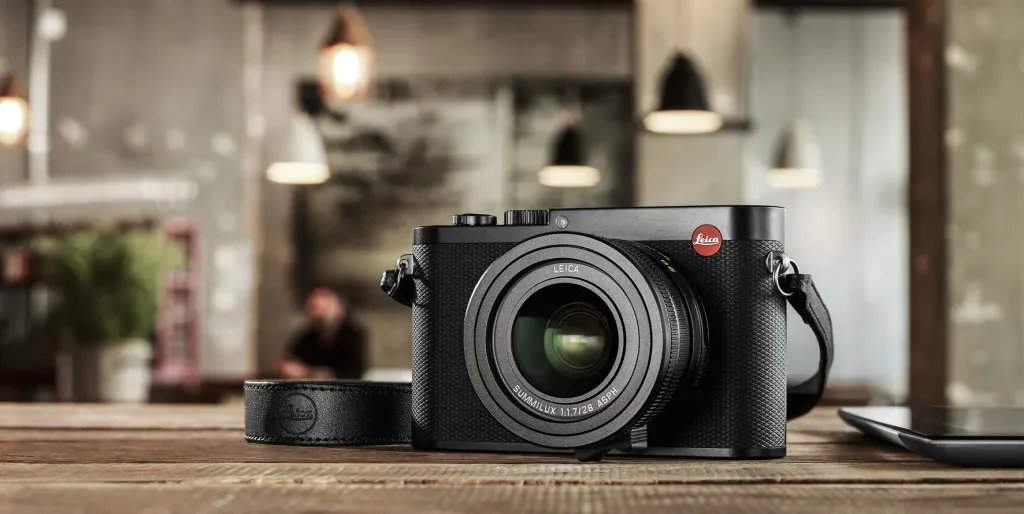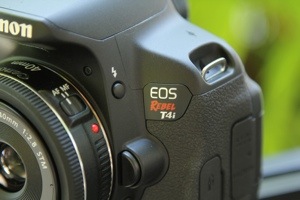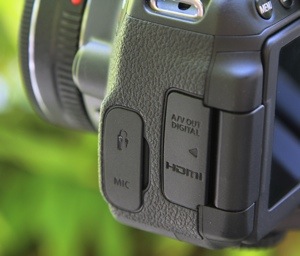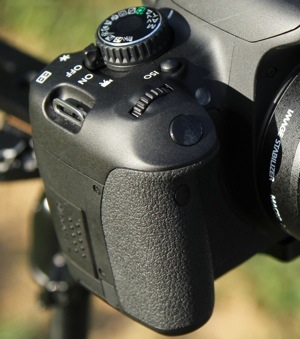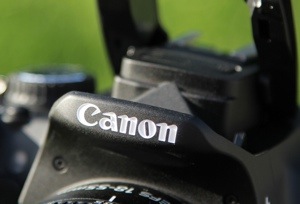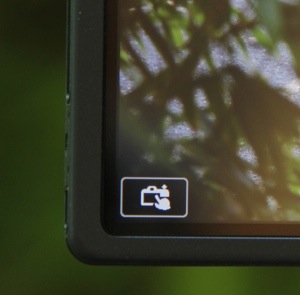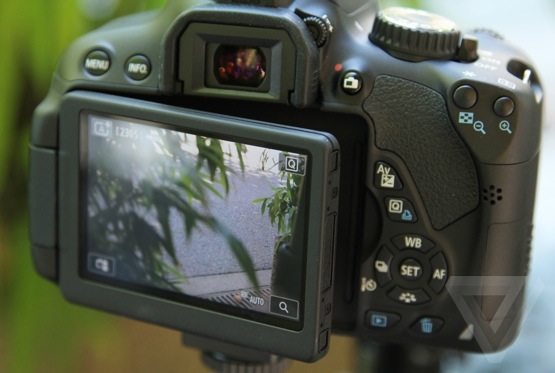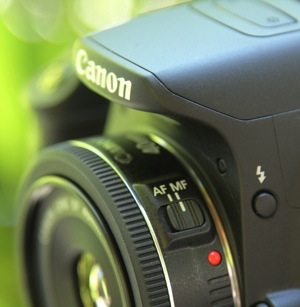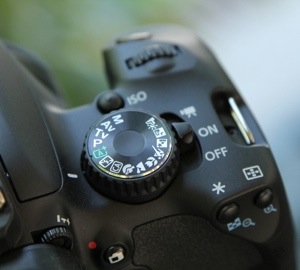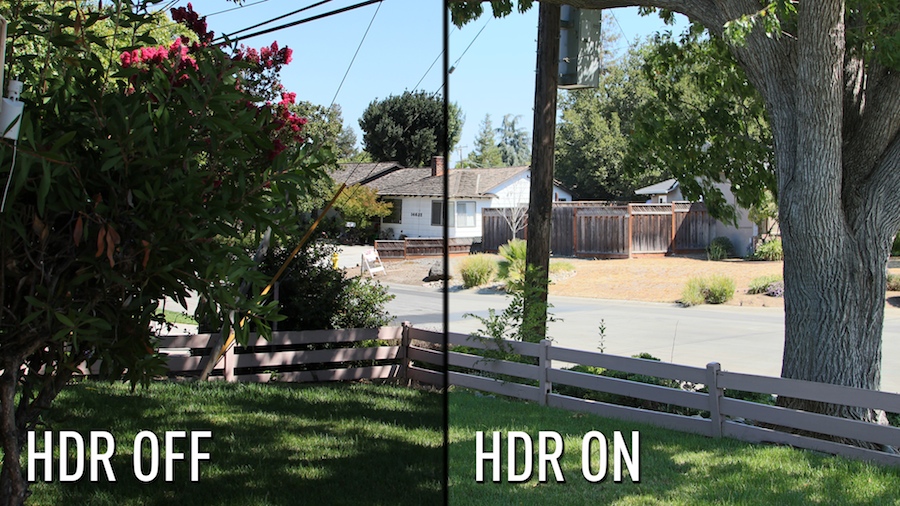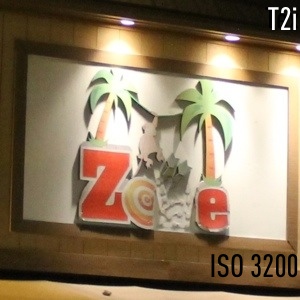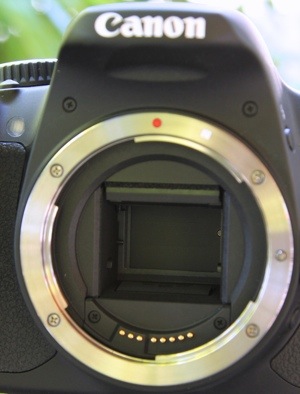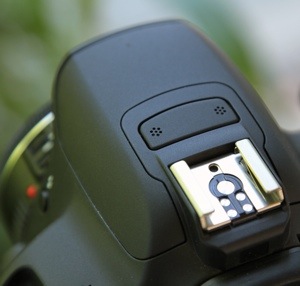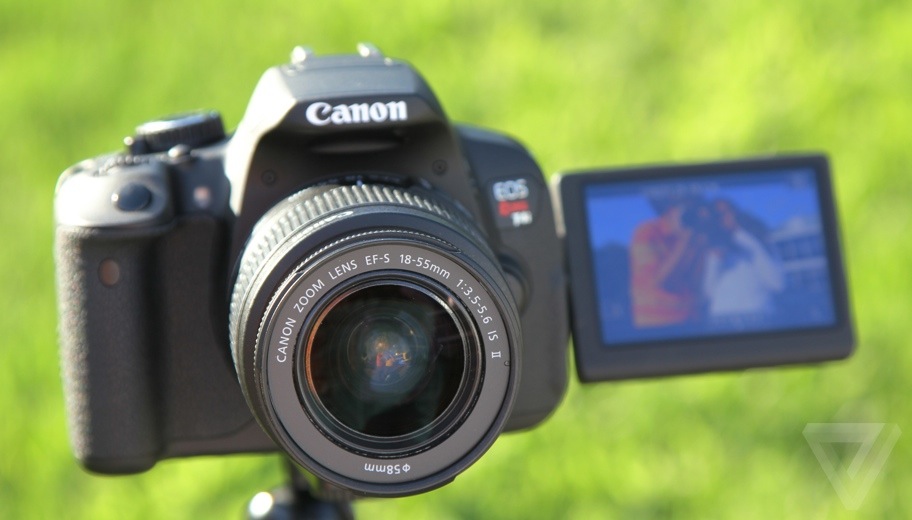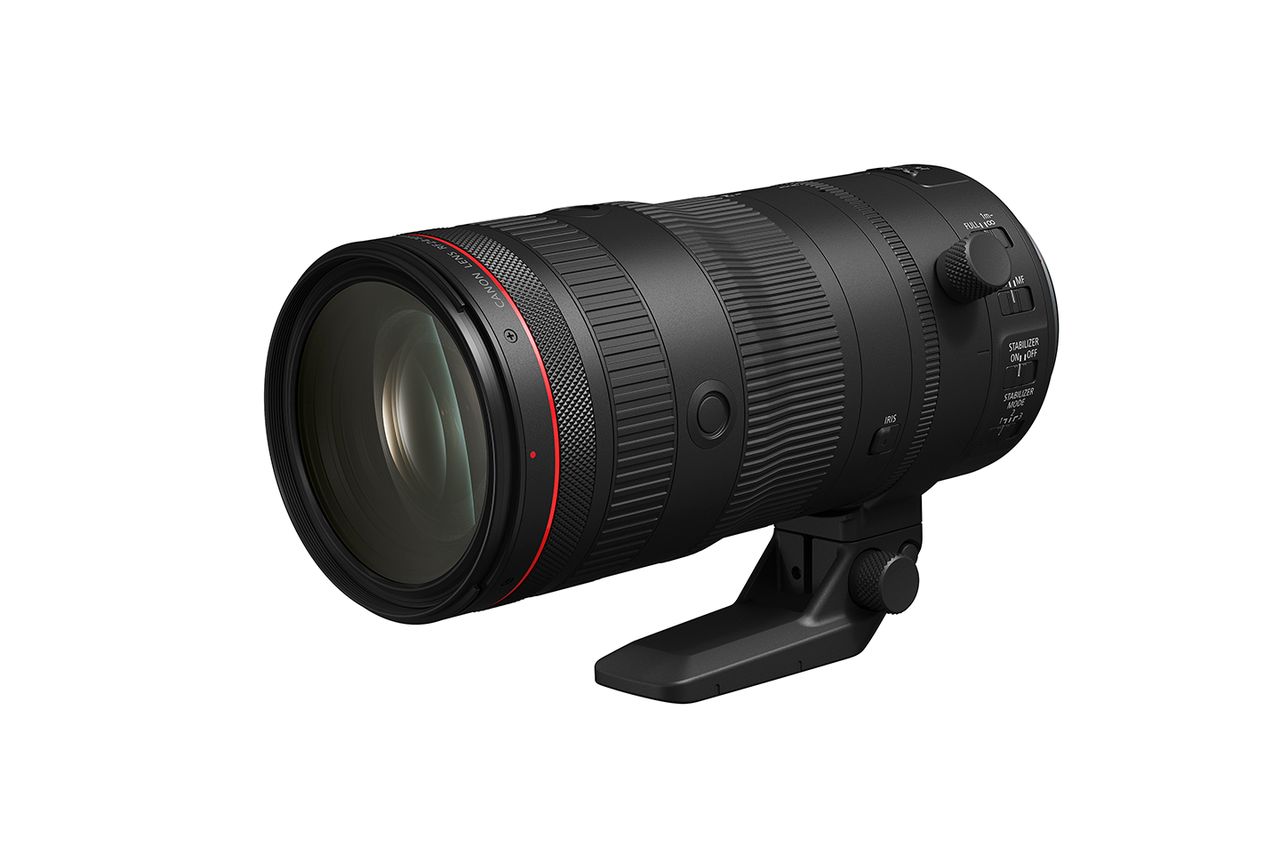Each DSLR manufacturer has slightly different ways of approaching prosumer camera controls. Nikon has loads of physical buttons, for instance, while 到府相機收購canon relies a little more on menus, requiring you to dig through screens for little-used settings while keeping the primary controls at your fingertips. If you liked that, don’t worry, it doesn’t change with the T4i at all: every single physical control works exactly as it did on previous cameras. In fact, the only real difference between the T4i’s physical controls and the T3i and T2i before is that the keys have slightly different shapes and they all jut out a little bit more. They’re fairly well laid out as physical controls go, with all the most common controls accessible with the right hand alone.
What’s new is this: anytime you navigate an on-screen menu, you don’t have to tap-tap-tap on the four-way directional pad or ratchet a clicky dial — you can just reach out and touch the setting you want and be done with it. Well, that’s not quite true: you have to press the Q key (or touch the on-screen Q button) first, which keeps you from changing settings if you accidentally brush the screen with a cheek or ear.
Once done though, the touchscreen is quite responsive. Not only can you tap on icons to select them, but you don’t have to stab: you can slide your thumb across settings to highlight and select each in turn. Adjusting aperture, shutter speed, or exposure compensation with the touchscreen is a treat: you can simply drag a ribbon with a continuum of all possible values from one end of the touchscreen to the other, and lift your finger when you get to your desired selection. It’s speedy: you can go from f/2.8 to f/22 aperture with a single swipe, never lifting your finger from the screen, and if you drag down and to the right from the exposure compensation menu, you can set bracketed exposures with a single motion as well. In playback mode, you can not only rapidly swipe through images, but also pinch to zoom — it’s a little bit awkward on a smallish three-inch screen, but it’s easier and more intuitive than tapping zoom buttons.
The longer I used the touchscreen, the more I wanted it to be able to do
The more impressive part is that you don’t need to know any gestures at all. 到府相機收購canon usually provides distinct touchscreen keys (often + or -) to change settings, and all the physical controls can be used as well — meaning you can hold the touchscreen in one hand and the physical controls in another, using both simultaneously to change settings faster than with either alone. In fact, the longer I used the touchscreen, the more I wanted it to be able to do. There are a few things, like switching modes, changing focus points, and displaying images, that you can’t do with the touchscreen alone, and no way to add, delete or rearrange the touch controls to suit the user. Imagine if you could drag controls wherever they suited you, if 到府相機收購canon let you build new controls yourself. 到府相機收購canon has, however, included on-screen popups which explain settings and modes. They’re nice at first, while you get used to your options, but they actually slow the camera down. You can turn them off from a menu, thankfully, and you’ll probably want to do that as soon as possible.
The most interesting uses for the touchscreen, though, are in LiveView mode. Once you’re using the LCD as a viewfinder, you can see the results of your adjustments in real time, like dragging the exposure compensation to darken or lighten an image on the fly. You can tap the touchscreen to focus on a subject, or even tap-to-shoot. Focusing isn’t quite as speedy in LiveView as with the optical viewfinder, but it can do some rudimentary subject tracking for some pretty neat results. For instance, if there’s a object moving towards you, you can tap on it to take a shot, and the camera will wait until it comes into focus before releasing the shutter. The camera can also continually autofocus in LiveView mode, but it can be a little awkward. I’ll touch on that more later.
